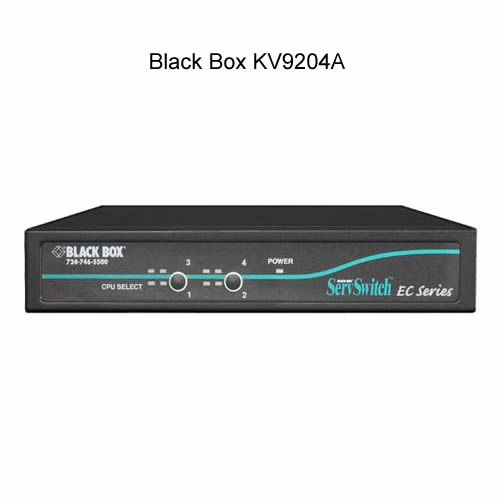
To most, a switch is a switch. But not many people outside of the electrical world know how many options there truly are — and what they are used for. We’d like to delve a little deeper into the topic, including the various keywords, and the different types of switches to choose from.
WHAT IS A NETWORK SWITCH?
A network switch is one used to connect multiple devices within one local area network (LAN), like a computer, printer, server, and similar items. The switch is the place where data packets from each device connect to one of the ports, then are transported to their destination. A switch ensures each communication path remains separated and does not interfere with other devices.
Here are some quick general facts about network switches, which may include ethernet switches:
- • They typically come with a few to several dozen ports that act as connection points for each device attached to it.
- • Switches use MAC (Medial Access Control) to forward a data packet to the appropriate port. A data packet is the unit that is transmitted through the switch from device to device. It is compartmentalized to facilitate transport of the data, with it often in two parts per packet, the header and payload. A header has the source and destination addresses, error checking codes, sequence numbers, and other information. The payload has the physical information being transported, such as an email message, file, and similar items.
- • There are different methods switches use to transport data packets, such as store-and-forward, cut-through, and fragment-free.
- • Store-and-forward is when the full data frame is received and then forwarded to its destination. It is known for its superior error detection capabilities, though it can take more time to arrive and then exit the correct port (known as “latency” in networking terms).
- • Cut-through is when it begins forwarding the data before its complete frame has arrived. This can be less time consuming because it does not check errors, but then it could transmit corrupted frames.
- • Fragment-free means that it uses both types of methods, initially examining the frame’s first 64 bytes for errors.
- • A network switch may operate at different speeds, known as data transfer rates. Some have a switching capacity that determines how each can handle network traffic.
- • Switches are usually designed to support virtual LANs (VLANs), which increases security and performance of the network.
- • If a higher-end model, interfaces may be included to configure and monitor the switches.
WHAT ARE THE DIFFERENCES BETWEEN UNMANAGED AND MANAGED SWITCHES?
You may notice when first browsing the array of switches at CableOrganizer®, the terms “unmanaged switches” and “managed switches.” What are the differences between these two types of ethernet switches?
An unmanaged switch is a basic type that is considered “plug and play,” providing simple connectivity characteristics. It is ideal for smaller and home networks, where only uncomplicated features are needed in compact spaces.
A managed switch offers advanced and customizable configurations, such as the ability to monitor network traffic or optimize performance on the network, to make latency practically non-existent.
WHAT IS A POE SWITCH?
PoE means Power over Ethernet, with this type of Ethernet Switch a device that eliminates the need for separate power cables, with electrical power and data signals using the same Ethernet cable to provide network connectivity and a power supply to devices. This type of switch works with standard cables over Cat5e or higher, without separate power adapters, incorporating power delivery, and switching into one device. A PoE may simplify installation, reduce cabling needs, provide costs savings, and offer flexibility, in applications including wireless networks, surveillance systems, VOIP (Voice over Internet Protocol) or IP telephony, and similar systems.
WHAT IS A KVM SWITCH?
KVM is an acronym for Keyboard, Video, and Mouse, with a KVM Switch providing centralized control for these peripheral devices. These offer seamless switching capabilities between connected systems, while still using the same keyboard and mouse. Some may have advanced features, such as dual-monitor and audio switching, as well as the ability to stay compatible with different operating systems. There may be remote capabilities to control connected systems over a network.
Shop for network switches and accessories here at CableOrganizer®.


